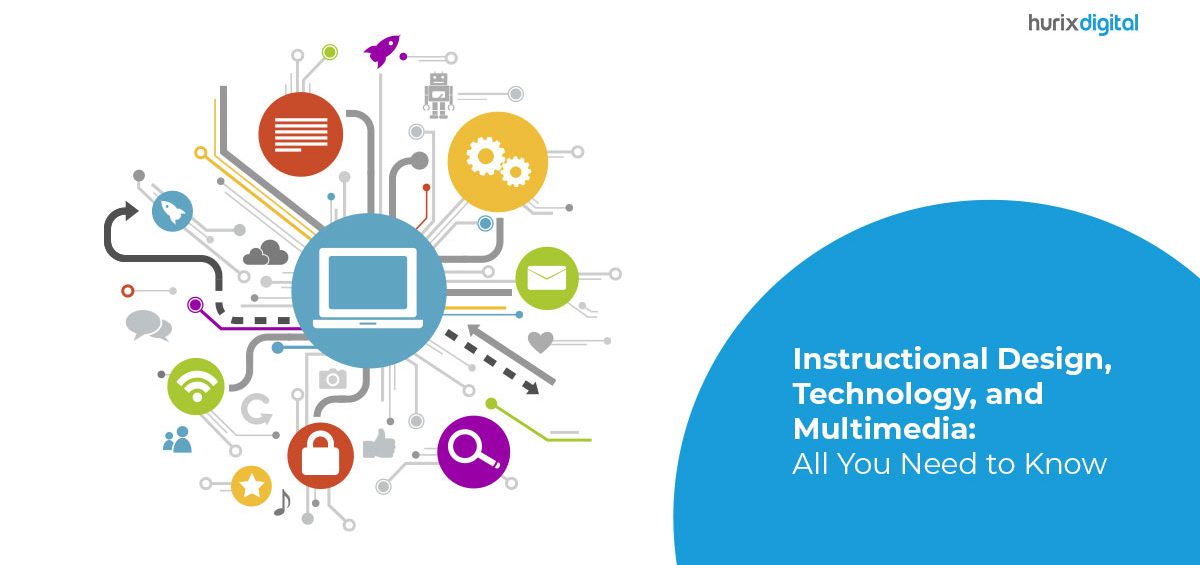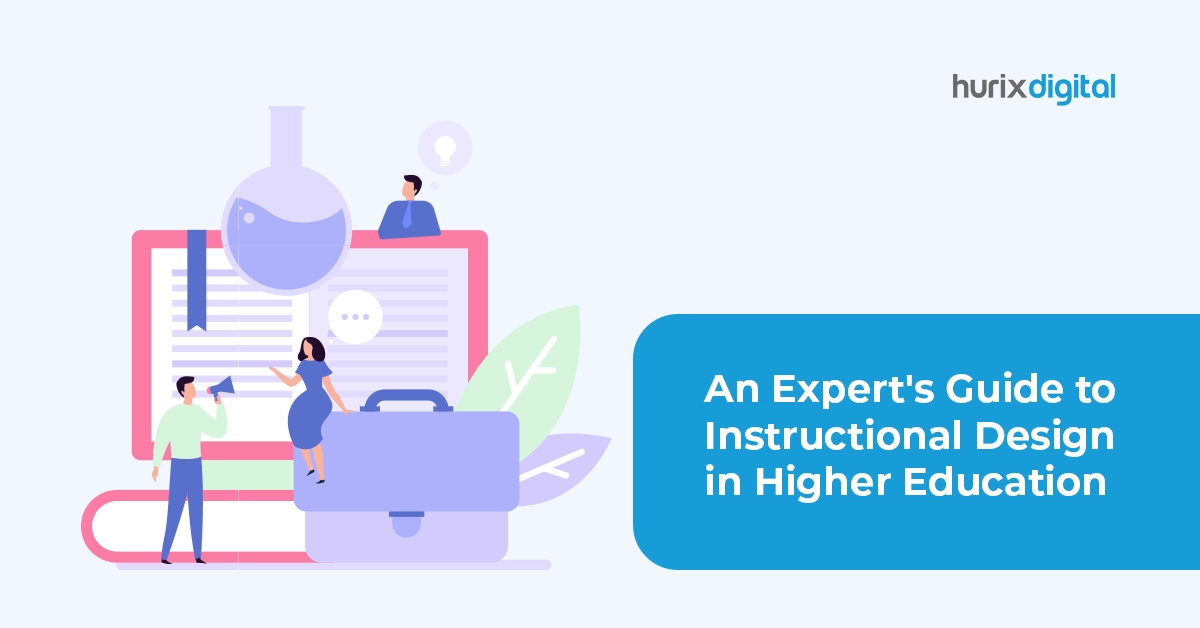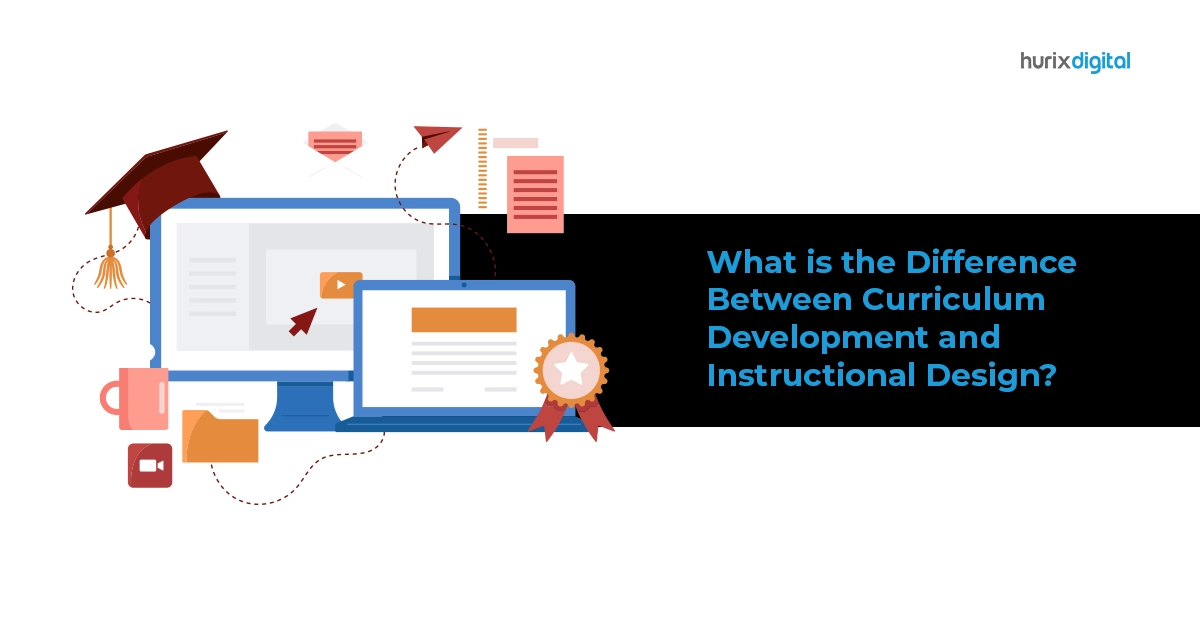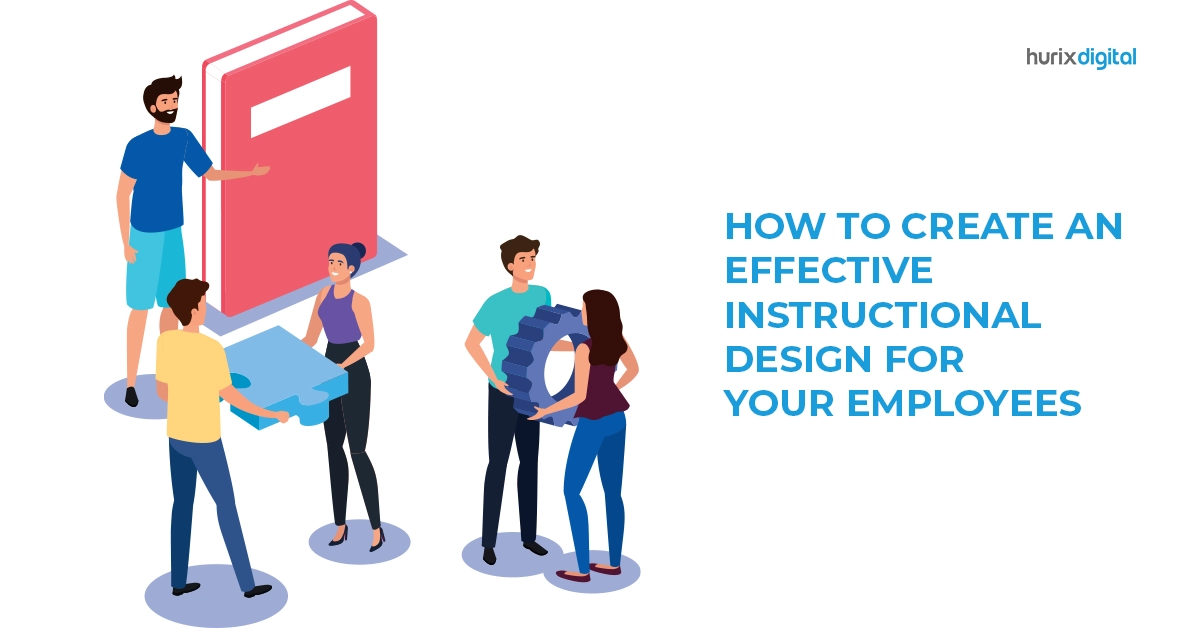Summary
This article provides an overview of the instructional design discipline and its importance in the field of education. It also discusses the impact of multimedia and technology in the instructional design process and how it has evolved over the years.
Instructional design is a relatively young discipline that refers to creating instructional materials and experiences that support learning. It goes beyond simply designing teaching materials and considers how learners experience the entire process and how they will effectively apply what they have imbued from their learning methodologies.
The groundwork for instructional design was established in World War II as a response to the urgent need to efficiently train thousands of soldiers in a limited timeframe. Over the years, the principles of this training led to the creation of a field that combined the principles of education, psychology, and communication to build effective teaching plans.
With advancements in technology, the field of instructional design has seen massive evolution. Besides employing textbooks, handouts, and other printed materials, modern-day educators also use multimedia and eLearning technologies. Companies can have in-house instructional designers or can choose to work with remote instructional design teams on a freelance basis.
Table of Contents
- What is Instructional Design?
- Instructional Strategies for eLearning
- Instructional Design Evaluation
- Closing Thoughts
What is Instructional Design?
A vital and in-demand discipline across the globe, instructional design is the process of creating instructional materials, information resources, activities, and evaluation tools. While it includes the creation of teaching materials, it also extends to the learning process.
The instructional materials are created to ensure that individuals get the best out of their learning experiences. The instructional design also includes designing tools and modules for different groups of learners, ranging from school students to employees across various industries. The teaching materials include instructional manuals, online courses, video tutorials, learning simulations, etc.
Also Read: Trends and Innovations in Instructional Design for Workforce Learning
Instructional Strategies for eLearning
Instructional designers use a combination of different strategies while creating training modules. Here are some instructional design trends and tried-and-tested strategies that are here to stay.
1. Scenario-Based Learning
This strategy is best suited for soft skills training. In scenario-based learning, the training provided is relevant to real-life situations and helps the learners develop skills they can apply. This method improves learner engagement, promotes critical thinking and situational awareness, and encourages better decision-making.
2. Story-Based Learning
Story-based learning is highly effective when it comes to keeping the learner engaged. Instructors build a thought-provoking storyline with a strong narrative and relatable characters. The learner can be a central character in the story; this helps the learner build an emotional connection with the learning module. The storytelling methodology can be integrated into multiple areas of training.
3. Infographics
Infographics are visual images like diagrams or charts representing information or data. These are easy to understand and can be chosen to convey specific messages to the learners. Infographics logically guide the learner through significant information without overwhelming them with too many facts and figures.
4. Guided Learning
In guided learning, an avatar in the form of a mentor offers helpful hints and tips throughout the learning experience. Using an avatar is a great way to share additional information with the learners without adding more slides or bullet points. Having an avatar helps complement the self-learning process.
5. Simulations
Learners understand and learn new concepts using simulative software programs. They first learn how to perform a task by watching the process on screen. Then they practice doing the task by interacting with a mock version of the program. At this stage, they will receive hints from time to time. Once confident, they move to the final step of doing the task themselves.
6. Self-Directed Learning
In this form of instructional design, the learner must choose their path through the course materials. This methodology has a sense of autonomy and is a great way to learn for those with intrinsic motivation. The learner sets their goals, creates study plans, learns, and then reflects upon their learnings. Self-directed learning allows learners to complete the course in any order they prefer.
7. Microlearning
As an instructional design strategy, microlearning is all about breaking down complex topics into bite-size, standalone units of study that the learner can watch as many times as needed. It is highly suitable for people with low attention spans and helps reduce cognitive overload. Microlearning presents the learning materials concisely and effectively so that learners can access all the information required to complete a task.
8. Gamification
Gamification is a strategy for introducing gaming elements in a non-gaming context. In educational content, gaming elements may be present in the form of levels. The learner must complete one level before moving on to the next. The learner will acquire new knowledge and skills at each level. They are also given rewards at different phases of task accomplishment. Instructional designers align the learning objectives with gaming elements in the process of gamification.
Also Read: Adapting Instructional Design for Remote and Distributed Workforces
Instructional Design Evaluation
Instructional design evaluation is reviewing the learning materials and outcomes of the instructional process to determine whether the course has achieved the desired goals. One common methodology of instructional design evaluation is Kirkpatrick’s model. It is a fairly simplistic model that provides a framework for evaluating instructional design modules and their effectiveness. It has four levels.
- Reaction: how satisfied are the learners with the learning program? How did they react to the training?
- Learning: what knowledge and skills have the learners gained? How has it changed their attitude? Did they retain the information over time?
- Behavior: has the training resulted in positive behavior change? How can the learners apply what they have learned?
- Results: have the desired goals of the training program been achieved? Did the training impact the business’s bottom line positively?
It is important to measure the impact of the training at different levels. The desired outcomes can be achieved only if the training programs register positive metrics at each level.
In Closing Thoughts
Instructional design is an extremely dynamic field that uses printed textual materials, multimedia, and technological tools to create and deploy teaching materials and training modules. Instructional designers can use multiple strategies like gamification, storytelling, simulations, and micro-learning to develop effective educational programs for people of all ages, ranging from school students to corporate employees.
Are you looking for a trustworthy instructional design team to develop training materials for your organization? With over 20 years of expertise in providing training solutions to corporates and educational institutions, Hurix Digital is your ultimate choice.
Get in touch with our expert team to design an effective plan for your company.
I am text block. Click edit button to change this text. Lorem ipsum dolor sit amet, consectetur adipiscing elit. Ut elit tellus, luctus nec ullamcorper mattis, pulvinar dapibus leo.











